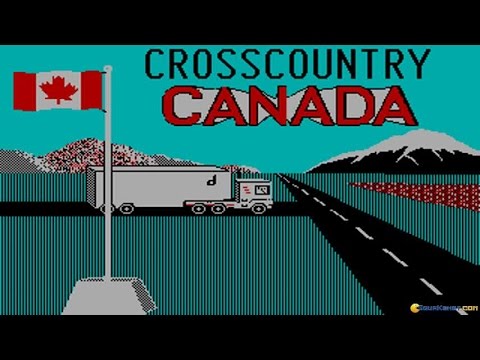Woburn Challenge 2017-18 Round 1 - Senior Division
Problem 3: Crosscountry Canada

There are N (2 ≤ N ≤ 1000) cities, with M (0 ≤ M ≤ 10,000) roads running amongst them. The i-th road connects two different cities Ai and Bi (1 ≤ Ai, Bi ≤ N), and can be driven along in either direction in Ci (1 ≤ Ci ≤ 100) minutes. There may be multiple roads running directly between any given pair of cities.
You're taking a roadtrip across Canada from city 1 to city N. You'd like to reach your destination in as little time as possible, by following a sequence of roads from city to city. However, as every Canadian knows, Tim Horton's pit stops are an essential part of any trip. It's vital that you stop at a Tim Horton's every L (1 ≤ L ≤ 100) minutes or less. In particular, you must never spend strictly more than L consecutive minutes during your trip outside of Tim Hortons' establishments, not counting any time before you leave city 1 or after you arrive at city N.
Somehow, not every city has a Tim Horton's! If Ri = 0, then the i-th city doesn't have one, and if Ri = 1, then it does (0 ≤ Ri ≤ 1). Whenever you arrive in a city which has a Tim Horton's, you may choose to stop at it before continuing on your trip, which takes T (1 ≤ T ≤ 100) minutes.
What's the minimum amount of time required to reach city N from city 1 without ever spending more than L consecutive minutes outside of Tim Horton's establishments? If it can't be done, output -1 instead.
Subtasks
In test cases worth 7/28 of the points, L = 1 and Ci = 1 (for i = 1..M).
In test cases worth another 10/28 of the points, Ci = 1 (for i = 1..M).
Input Format
The first line of input consists of four space-separated integers, N, M, L, and T.
The next line consists of integers, R1..N.
M lines follow, the i-th of which consists of three space-separated integers, Ai, Bi, and Ci, for i = 1..M.
Output Format
Output a single integer, the minimum amount of time required to validly reach city N from city 1, or -1 if it's impossible.
Sample Input 1
6 10 6 3 0 1 0 1 0 0 1 3 3 1 4 6 1 4 7 2 4 2 2 5 4 2 6 3 3 4 6 4 5 1 4 6 6 5 6 5
Sample Output 1
14
Sample Input 2
2 1 10 1 1 1 2 1 11
Sample Output 2
-1
Sample Explanation 2
In the first case, one optimal route is as follows:
1 → 4 (6 mins) Stop at Tim Horton's (3 mins) 4 → 2 (2 mins) 2 → 6 (3 mins)
In the second case, the single road between the cities is just too long for the trip to be possible, as driving along it would result in a lack of Tim Horton's for more than 10 minutes.
All Submissions
Best Solutions
Point Value: 12 (partial)
Time Limit: 2.00s
Memory Limit: 64M
Added: Jan 26, 2018
Author: SourSpinach
Languages Allowed:
C++03, PAS, C, HASK, ASM, RUBY, PYTH2, JAVA, PHP, SCM, CAML, PERL, C#, C++11, PYTH3










Comments (Search)
It's quiet in here...